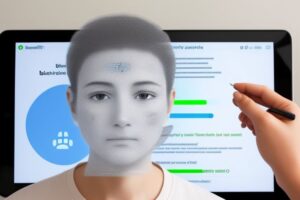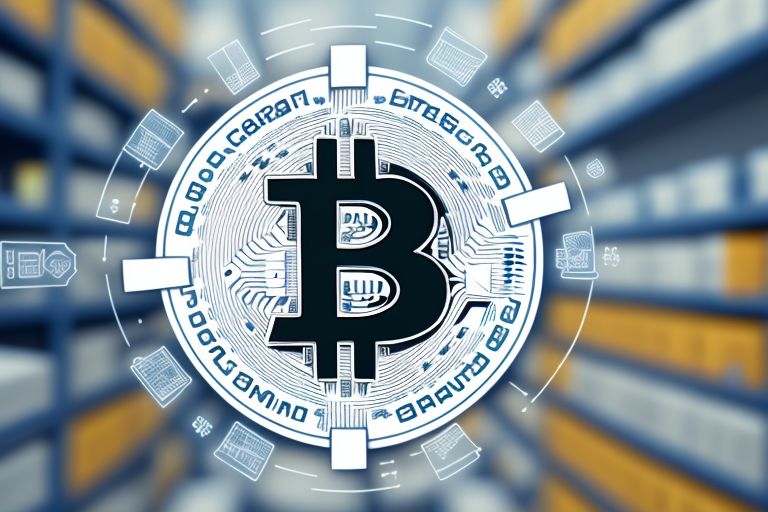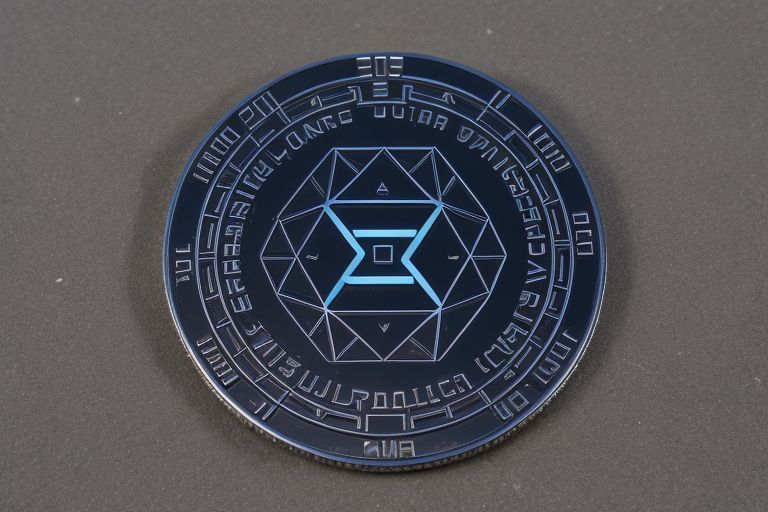The concept of “smart cities” is rapidly gaining momentum, driven by the integration of the Internet of Things (IoT) technologies into urban infrastructure. These technologies are transforming urban life, making cities more efficient, sustainable, and livable. This article explores how IoT is catalyzing this transformation, the benefits it brings, and the challenges it presents.
Understanding Smart Cities and IoT
A smart city uses digital technology to enhance performance and well-being, to reduce costs and resource consumption, and to engage more effectively and actively with its citizens. At the heart of smart city initiatives is the IoT, which involves the interconnection via the Internet of computing devices embedded in everyday objects, enabling them to send and receive data.
Key Applications of IoT in Smart Cities
1. Traffic Management
IoT technologies are being employed to optimize traffic flow and reduce congestion. Sensors and cameras collect data on traffic conditions and communicate with traffic signals to adjust light cycles in real-time, improving traffic flow and reducing waiting times. Additionally, IoT enables real-time updates for commuters about traffic conditions and public transport schedules.
2. Energy Management
Smart grids powered by IoT technology can more efficiently manage energy resources. Sensors can detect and adjust the flow of electricity based on real-time demand and supply. This not only reduces energy waste but also ensures a more stable and sustainable energy distribution system.
3. Public Safety and Security
IoT devices play a crucial role in enhancing public safety. Surveillance cameras, emergency response systems, and disaster management tools are interconnected, allowing for real-time monitoring and quicker responses to incidents. IoT also helps in predictive policing by analyzing data to predict crime hotspots.
4. Environmental Monitoring
IoT sensors monitor environmental factors such as air quality, water levels, and pollution. This data is used to inform policies and alert citizens about potential health hazards, contributing to healthier urban living environments.
5. Waste Management
Smart waste management systems use IoT sensors in waste bins to monitor waste levels, optimizing collection routes and schedules. This system not only makes waste collection more efficient but also reduces fuel consumption and emissions associated with waste collection vehicles.
Benefits of IoT in Smart Cities
- Enhanced Quality of Life: By reducing congestion, improving air quality, and ensuring efficient public services, IoT technologies enhance the quality of urban living.
- Economic Efficiency: IoT applications streamline city operations, reduce costs through smart energy systems, and boost economic activity by attracting businesses that wish to leverage smart city capabilities.
- Sustainability: IoT helps cities reduce their carbon footprint by optimizing energy use and reducing waste, contributing to more sustainable urban environments.
Challenges and Considerations
While the potential of IoT in smart cities is immense, several challenges need to be addressed:
- Privacy and Security: The increased data collection raises significant privacy concerns. Ensuring the security of this data against cyber-attacks is crucial.
- Implementation Costs: The initial cost of implementing IoT technologies can be high, posing a barrier for some cities.
- Digital Divide: There is a risk that the benefits of smart cities may not be equally distributed, potentially widening the gap between different socio-economic groups.
Conclusion
IoT is at the forefront of the smart city revolution, transforming how urban centers operate and enhancing the lives of residents. The integration of IoT within urban infrastructure promises more responsive, efficient, and sustainable cities. However, to fully realize this potential, it is essential to address the accompanying challenges, ensuring that the benefits of smart cities are accessible to all. As we continue to innovate and adapt, the vision of fully connected, intelligent urban environments becomes increasingly achievable.





















+ There are no comments
Add yours